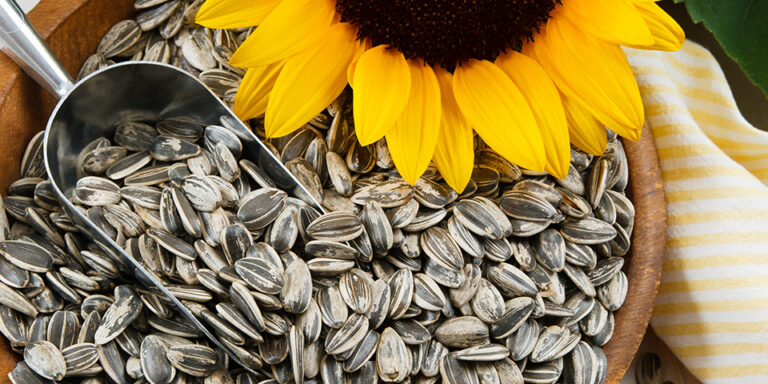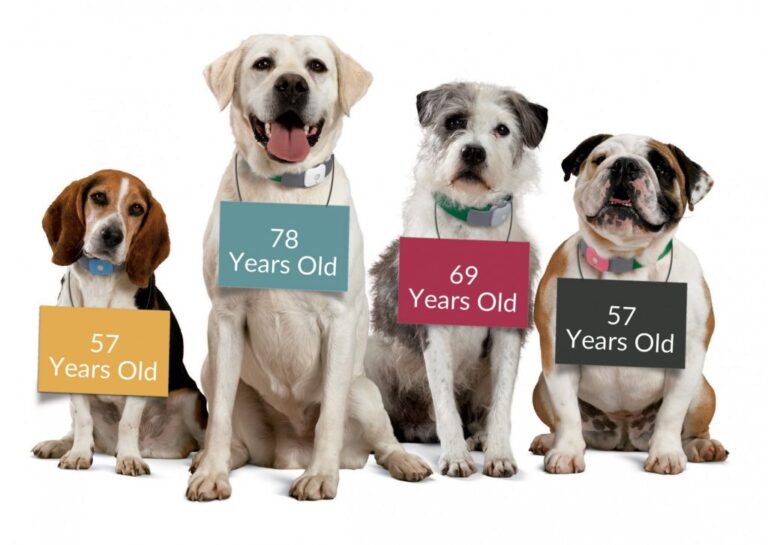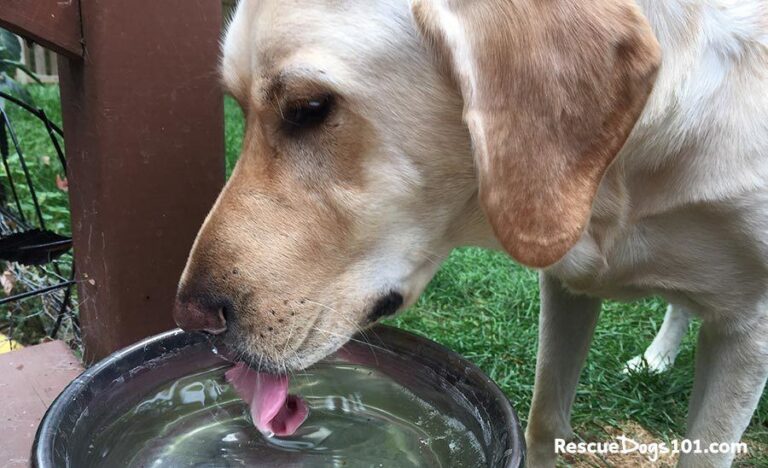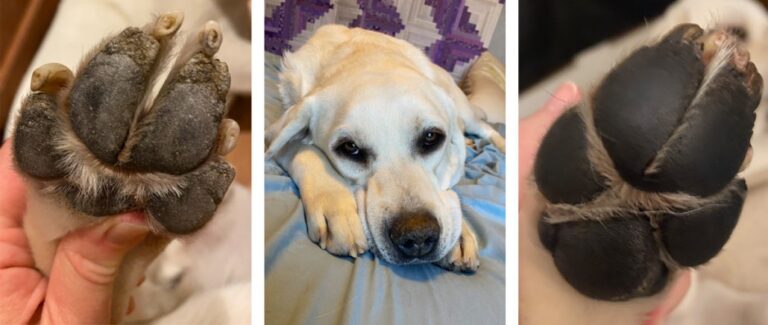Are Glade Plug-Ins Safe for Dogs? What Pet Parents Need to Know
As a devoted pet parent, creating a pleasant-smelling home while keeping your furry friend safe is a top priority. Air fresheners like Glade Plug-Ins are popular household staples, but many dog owners wonder about their safety.
This comprehensive guide explores whether these common air fresheners pose risks to your canine companion and what alternatives might be safer.
Understanding VOCs and Their Impact on Canine Health
Volatile Organic Compounds (VOCs) are chemicals found in many household products, including air fresheners.
— Dr. Karen Sullivan, veterinary toxicologist at Mid-Atlantic Veterinary Hospital
This heightened sensitivity, combined with dogs’ ground-level existence, creates a perfect storm for potential problems.
— Dr. Sullivan
Concerning Ingredients in Commercial Plug-In Air Fresheners
Research into the composition of air fresheners like Glade Plug-Ins has identified several ingredients that raise red flags for pet safety:
Ethanol
Ethanol, a form of alcohol, is commonly used as a carrier for fragrance in many air fresheners. While the amounts in air fresheners are typically small, they can be problematic for curious dogs.
— Dr. James Hernandez, emergency veterinarian at PetCare Emergency Clinic
Formaldehyde and Formaldehyde-Releasing Preservatives
Perhaps more concerning is the presence of formaldehyde or chemicals that release formaldehyde over time. These preservatives can cause respiratory irritation and are classified as carcinogens.
— Lisa Morgan, certified animal behavior specialist and founder of Pet Wellness Advocates
Phthalates and Other Fragrance Components
Many air fresheners contain phthalates, which help disperse scent. A 2019 study published in the Journal of Veterinary Science found that dogs exposed to households with regular phthalate-containing air freshener use showed elevated liver enzyme levels compared to dogs in homes without such exposure.

Real-Life Experiences: When Air Fresheners Affected Canine Health
Michelle T. from Portland discovered the potential link between air fresheners and pet health the hard way.
“After installing Glade Plug-Ins throughout our home, our 8-year-old Golden Retriever, Cooper, developed an unusual cough within about two weeks. He seemed lethargic and just wasn’t himself. Our vet couldn’t find anything specifically wrong but suggested removing the air fresheners as a precaution. Within days, Cooper was back to his energetic self.”
This anecdotal evidence is backed by veterinary observations.
— Dr. Sullivan
Are All Air Freshening Methods Equally Risky?
Not all air freshening methods carry the same level of risk for your canine companions:
Sprays vs. Continuous Release Products
Spray air fresheners contain similar ingredients to Glade Plug-Ins but are typically used intermittently rather than continuously releasing chemicals into the environment.
— Dr. Hernandez
Products Marketed as “Pet-Safe”
Some products claim to be formulated with pets in mind. Febreze, for example, advertises certain products as pet-safe. However, veterinary behaviorist Dr. Melissa Conrad cautions:
— Dr. Melissa Conrad, veterinary behaviorist
Signs Your Dog May Be Reacting to Air Fresheners
Keep an eye out for these potential indicators that your air freshening products may be affecting your dog:
- Increased sneezing or coughing
- Watery eyes or nasal discharge
- Wheezing or difficult breathing
- Lethargy or unusual behavior
- Scratching or skin irritation
- Gastrointestinal upset (if the dog has licked surfaces with air freshener residue)
— Thomas Reid, wildlife rehabilitation specialist and environmental educator
Safer Alternatives for Fresh-Smelling Homes with Dogs
If you’re concerned about traditional air fresheners but still want a pleasant-smelling home, consider these pet-friendlier options:
Natural Ventilation
— Dr. Amanda Chen, environmental health specialist
Pet-Safe Plants
Certain houseplants can naturally purify air and add pleasant scents. Boston ferns, areca palms, and spider plants are generally considered safe for homes with dogs. Always verify plant safety before bringing new greenery home, as some popular varieties can be toxic to pets.
Baking Soda and Activated Charcoal
These natural odor absorbers work by trapping odor molecules rather than masking them with fragrance. Place small dishes of baking soda in discrete locations or use activated charcoal bags to absorb unwanted smells without adding chemicals to your environment.
Essential Oil Diffusers? Proceed with Caution
While essential oils are natural, many can be harmful to dogs.
— Sarah Jenkins, veterinary aromatherapist
Making the Safest Choice for Your Canine Companion
Ultimately, the decision about using air fresheners in a home with dogs requires balancing aesthetic preferences with health considerations. For those who decide to use commercial products like Glade Plug-Ins, these precautions can help minimize risks:
- Use in well-ventilated areas
- Keep fresheners in rooms your dog doesn’t frequently access
- Choose unscented or naturally-scented products when possible
- Monitor your dog for any adverse reactions
- Consider using timer plugs to limit exposure during hours when your dog is present
— Dr. Conrad
Remember that each dog is unique, and what causes problems for one may not affect another. Always consult with your veterinarian if you notice any changes in your dog’s health or behavior, especially after introducing new products into your home environment.








